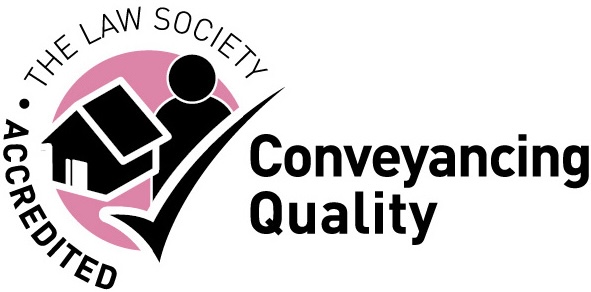If you are thinking of buying a property that is not connected to the main sewerage system, it is likely to have either a septic tank or a cesspit. We take a look at what you need to be aware of if you are considering purchasing a home that has no mains drainage.
Properties without a connection to the mains drainage system will generally drain to a septic tank or cesspit. These are both below-ground tanks that hold waste. Another alternative is a small sewage treatment plant.
The difference between a septic tank and a cesspit
A septic tank is a waste treatment system and has an outlet pipe. In the tank there are chambers. The waste is initially allowed to settle so that the solids are at the bottom. Wastewater can leave the tank into a drainage field or soakaway. It should be noted that it is no longer legal for wastewater to directly enter a waterway.
The remaining solid waste and sludge will break down by natural bacterial action. This will need to be removed by a professional. By law, this should be done at least once a year and evidence of this should be retained as proof.
A cesspit is a tank with no outlet pipe, so everything that enters the tank remains there. It will need to be emptied regularly by a specialist company.
Buying a house with a septic tank or cesspit
If the property you are thinking of buying has a septic tank or cesspit, some investigations will need to be made into this to check that it is legally compliant and in good condition.
You can commission a specialist survey of the system or tank. This can be particularly important with a septic tank or sewage treatment plant as it is also necessary to check that there are no problems in the area where the waste water is draining, known as the drainage field.
Your solicitor will also raise a number of enquiries of the seller, including:
- Requiring a copy of the planning consent
- Asking for copies of any guarantees
- Asking for copies of maintenance agreements
- Asking for details of any work carried out to the tank or system
- Enquiring whether the septic tank or sewerage treatment system is within a groundwater protection zone or SPZ1
- Asking for confirmation that the septic tank or sewerage treatment drainage field complies with the government’s General Binding Rules which relate to small sewage discharge to the ground and that the system as a whole is compliant; or
- Requiring a copy of the Environment Agency permit if the system does not comply with the General Binding Rules
- Requiring a copy of evidence that the septic tank or sewerage treatment system has been emptied annually as required by the General Binding Rules
- Asking whether the Environment Agency has ever carried out a habitats assessment before granting a permit
- Requesting details of the layout of the drainage system and its size as well as information about where the soakaway (if any) and pipework are located
- Asking for details of the estimated maximum amount of discharge per day that the seller has put into the system
- Asking whether any problems have been experienced with the tank or drainage system
A new septic tank, cesspit or sewerage treatment plant will cost several thousand pounds. Creating a new drainage field will also cost several thousand pounds, so it is important to check that a system is compliant and in good condition before going ahead with a purchase.
If work is required to meet compliance, then a reduction in price can be requested to deal with this. It is possible that the rules regarding discharge will become stricter in the future and you should bear this in mind when looking at the system and considering your purchase.
Contact us
If you would like to speak to one of our expert property lawyers, ring us on 0333 3055 189 or email us at info@lpropertylawyers.co.uk

